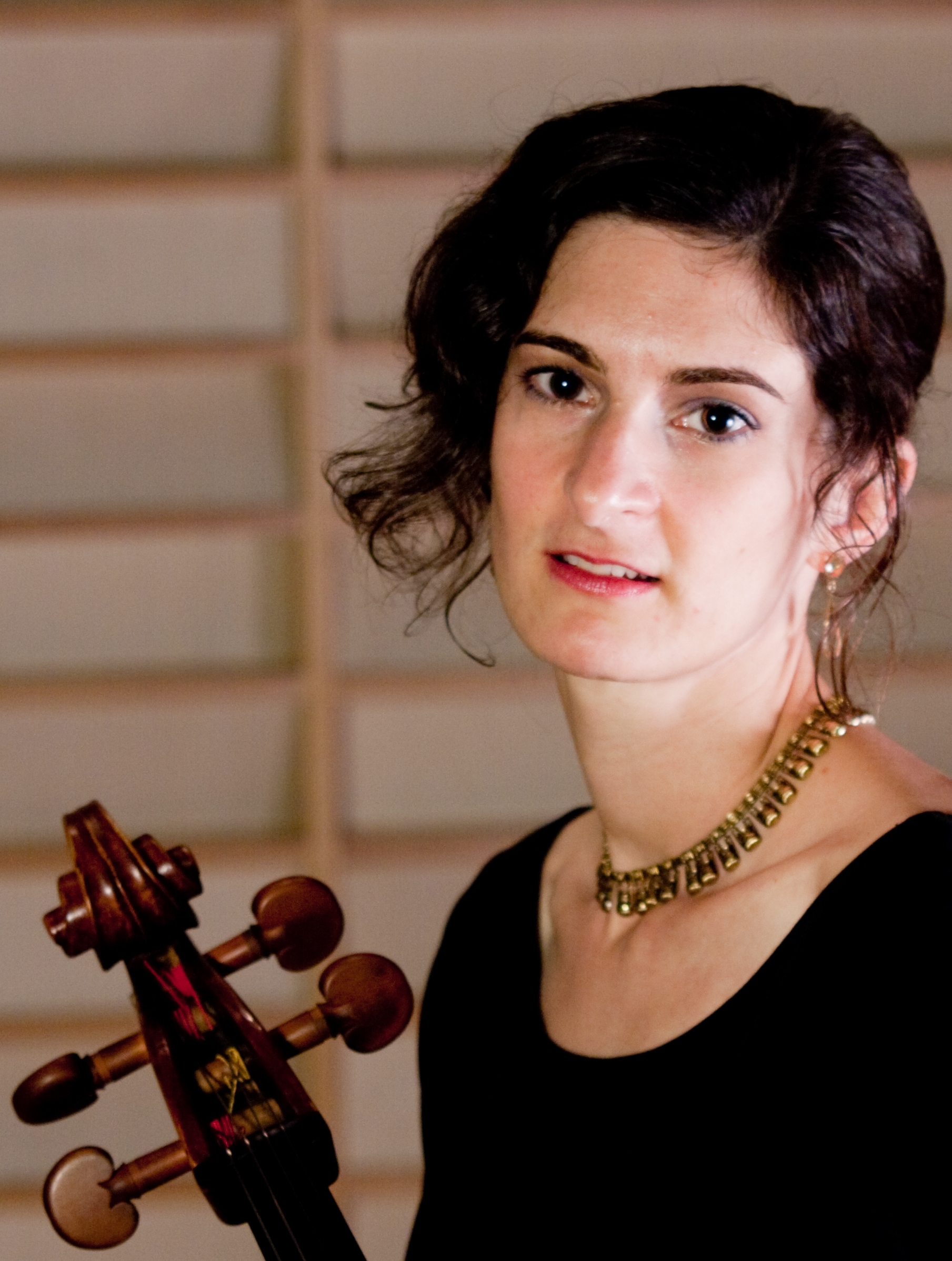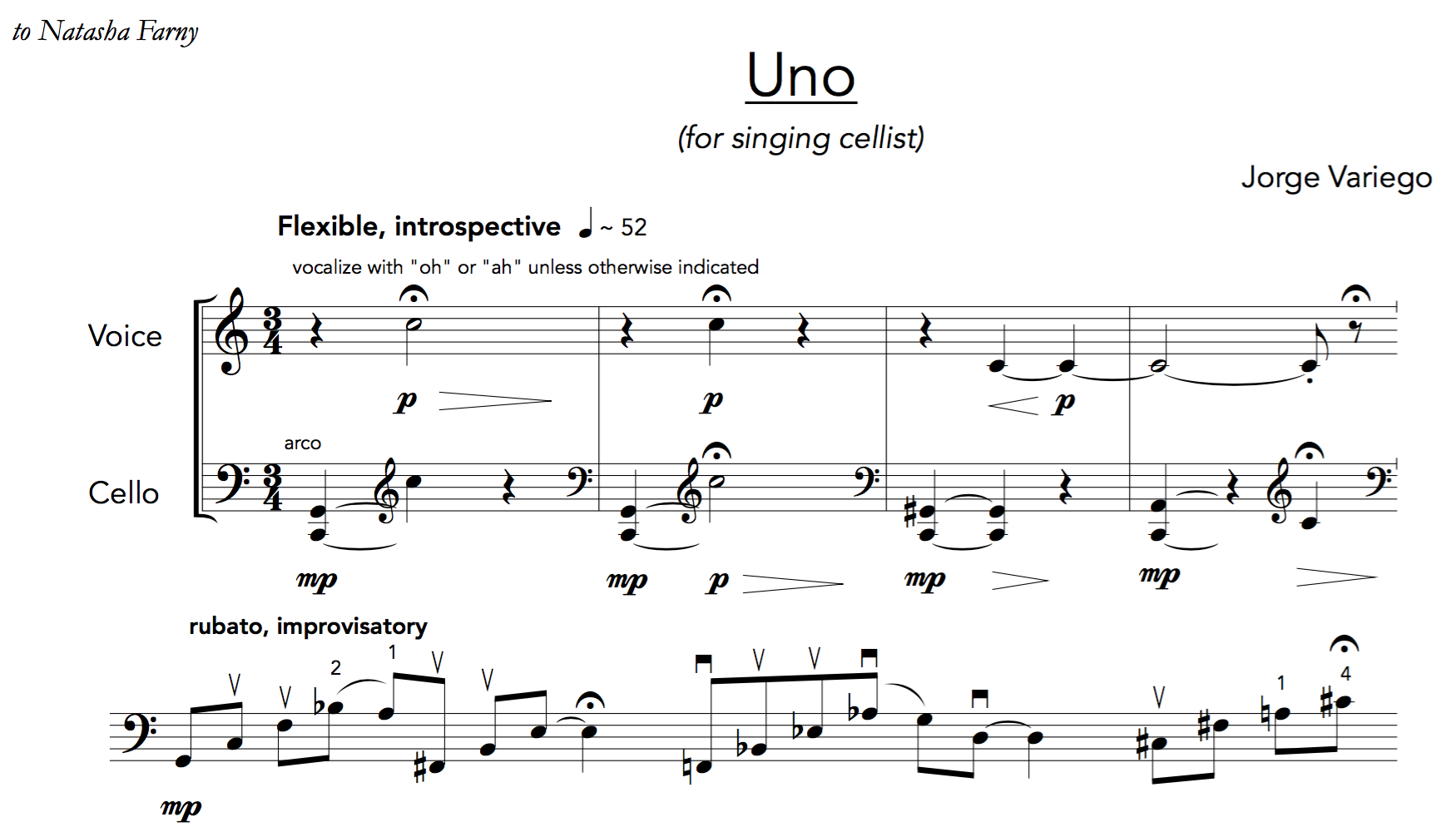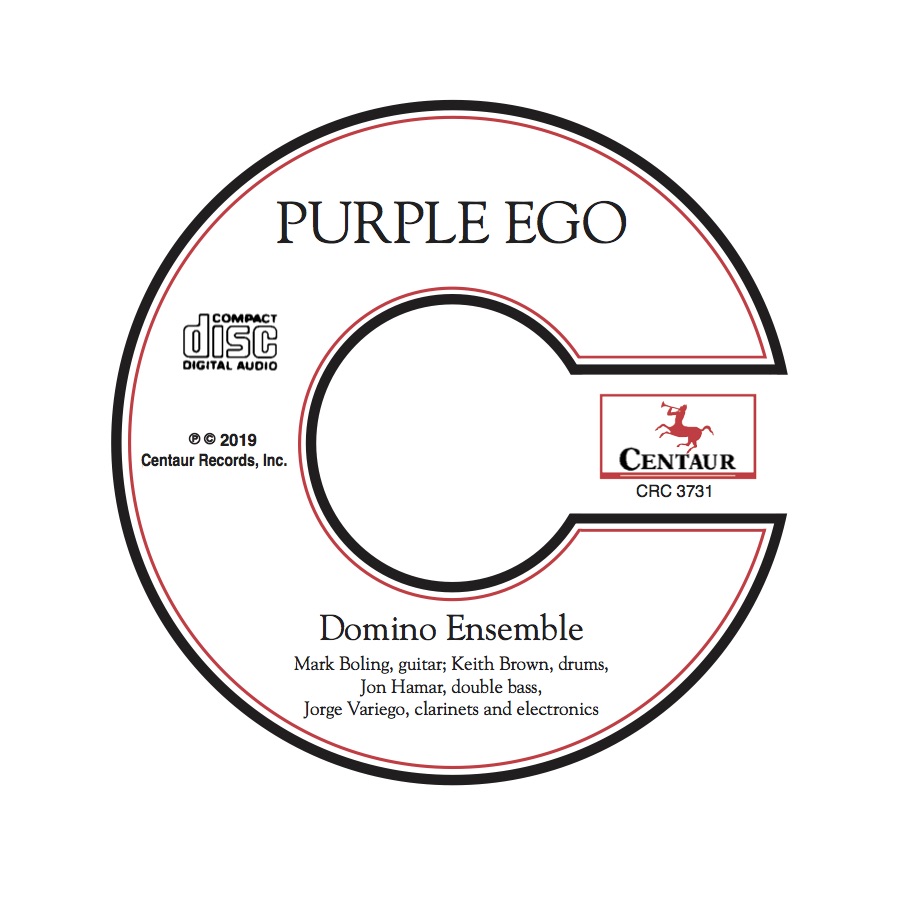The Cumberland Orchestra of the Sewanee Summer Music Festival under the direction of Gene Moon will premiere my new work “Ritual Andino” for youth orchestra tomorrow Sunday June 23th at 2:30PM in the Guerry Auditorium.
About the conductor
 Dr. Gene H. Moon joined the faculty of Stephen F. Austin State University in 2006, as director of orchestras and music director of opera. Previous posts include music director and conductor of the Oklahoma Youth Symphonies; piano faculty and opera conductor at the University of Central Oklahoma; and assistant orchestra director for the Mid-Del Public Schools in Midwest City, OK.
Dr. Gene H. Moon joined the faculty of Stephen F. Austin State University in 2006, as director of orchestras and music director of opera. Previous posts include music director and conductor of the Oklahoma Youth Symphonies; piano faculty and opera conductor at the University of Central Oklahoma; and assistant orchestra director for the Mid-Del Public Schools in Midwest City, OK.
He has led orchestras and performed as soloist and chamber musician with the 2016 Arkansas All- State Orchestra, the 2008 TPSMEA (Texas Private Schools) All-State Orchestra, Lawton Philharmonic (OK), Enid Symphony (OK) and the Shreveport Symphony Orchestra (LA) and internationally with the Gang Nam Symphony Orchestra in Seoul, South Korea and the University of Macau Orchestra.
Dr. Moon is highly sought after as guest clinician with recent engagements including regional orchestras in Texas; the 2012 North Central Honor Orchestra (OK), and the 2011 and 2014 Louisiana All-State Orchestras. He will serve as guest conductor of the Longview Symphony Orchestra (TX) in 2016.
Dr. Moon earned his bachelor in music education and music performance from the University of Central Oklahoma, a master of music education from New York University and doctorate of musical arts in orchestral conducting from the University of Oklahoma.
Born of Korean heritage, Dr. Moon began his piano studies at age six and string studies at age nine. His teachers and mentors include pianists Ms. Jan Pokorny Steele, Dr. Dai Wook Lee, Dr. Deirdre O’Donohue and Dr. Edward Gates, violists Dr. Ralph Morris and Dr. Matthew Dane, and maestros Dr. Roger Strong, Mr. John Jeter and Dr. Jonathan Shames.
About the piece
The piece brings back two expressions of folk music of the Andes: the “carnavalito” and the “baguala”. The “carnavalito” is a dance rhythmically vivid and picaresque, which gives drive and direction to the overall structure of the work. The “baguala” is a melancholic chant with a simple melody built on three notes, opening an endless space for development and experimentation.








